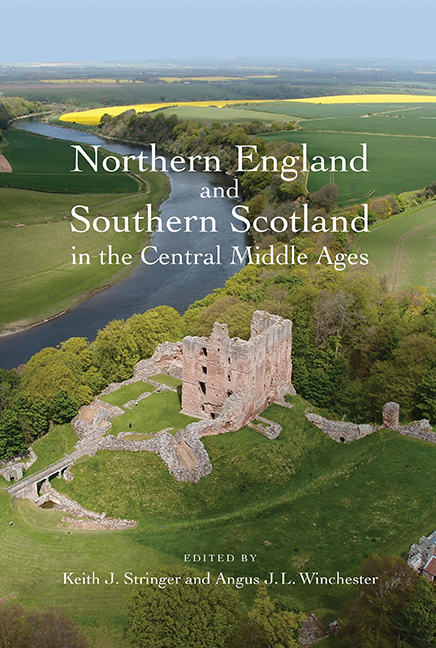Book contents
- Frontmatter
- Contents
- List of Figures
- List of Tables
- List of Contributors
- Preface
- Editorial Notes
- List of Abbreviations
- Introduction: ‘Middle Britain’ in Context, c.900–c.1300
- 1 Kingdom and Identity: A Scottish Perspective
- 2 Law, Governance and Jurisdiction
- 3 Languages and Names
- 4 Dioceses, Saints’ Cults and Monasteries
- 5 Parishes and Churches
- 6 Lords and Tenants
- 7 Rural Settlement Patterns on the Ground
- 8 Shielings and Common Pastures
- 9 Towns and Trade
- 10 Fortifications
- Index
8 - Shielings and Common Pastures
Published online by Cambridge University Press: 24 August 2019
- Frontmatter
- Contents
- List of Figures
- List of Tables
- List of Contributors
- Preface
- Editorial Notes
- List of Abbreviations
- Introduction: ‘Middle Britain’ in Context, c.900–c.1300
- 1 Kingdom and Identity: A Scottish Perspective
- 2 Law, Governance and Jurisdiction
- 3 Languages and Names
- 4 Dioceses, Saints’ Cults and Monasteries
- 5 Parishes and Churches
- 6 Lords and Tenants
- 7 Rural Settlement Patterns on the Ground
- 8 Shielings and Common Pastures
- 9 Towns and Trade
- 10 Fortifications
- Index
Summary
Many years ago, F. W. Maitland reminded his readers of the centrality of livestock and, hence, of pasture to the functioning of the medieval economy. ‘A householder cannot have arable land’, he wrote, ‘unless he has pasture rights’, stating a fundamental truth of medieval society, even in the arable villages of lowland England which were his principal concern. How much more important were grazing resources to the more pastoral societies of northern England and southern Scotland with which this chapter is concerned. In these regions a bias towards livestock rearing created a rural world which differed markedly from that in southern and Midland England, the areas which have generated so many of our conceptions of the medieval economy and society. While cultivation – indeed, open-field farming – existed in plenty in the lowlands of northern England and of Scotland, it is generally agreed that a more pastoral economy pervaded the region, especially in the uplands. An enduring pastoral slant is suggested by the survival of ancient cattle renders (cornage/noutgeld) from the early medieval centuries and is attested by the evidence for lordly income from pastures and fulling mills and from demesne and monastic sheep and cattle stations by 1300. At the heart of a pastoral economy lay the use and management of the grazing on which the livestock depended. In the medieval context, much of the pastoral resource lay on the ‘waste’, the open rough ground between and beyond settlements and their farmland on which livestock grazed in common. How the wastes were used and managed as grazing grounds in the centuries before 1300 forms the heart of this chapter.
Across Scotland and the north of England, the extent of ‘waste’ was significantly higher than farther south. Until land reform in the eighteenth and nineteenth centuries, perhaps as much as one-quarter to one-third of the land surface of lowland areas, and a majority of land in the hills, usually termed ‘moor’ / ‘muir’ or ‘fell’, remained as unenclosed waste. As late as the early seventeenth century, waste accounted for a majority (58 per cent) of the land surface of County Durham. The extent of unenclosed waste was a combination of environmental factors (much of the uplands was incapable of reclamation for intensive use, for example) and economic forces, including population pressure, which drove seigneurial policy.
- Type
- Chapter
- Information
- Publisher: Boydell & BrewerPrint publication year: 2017

